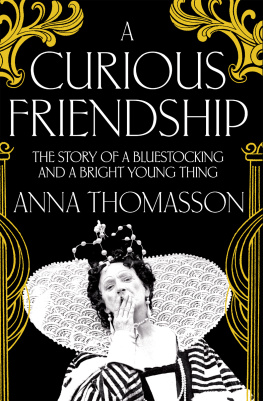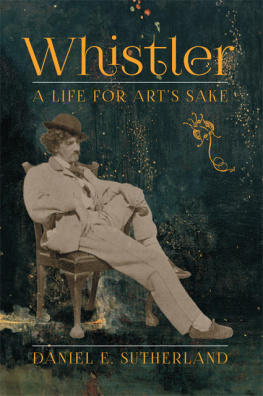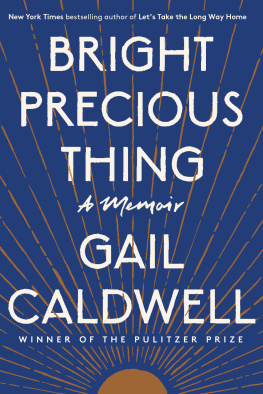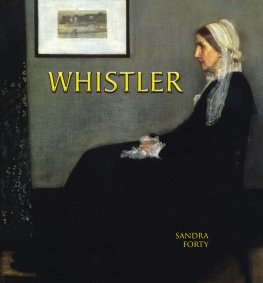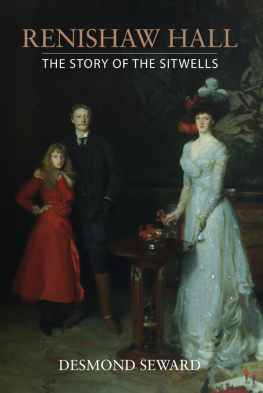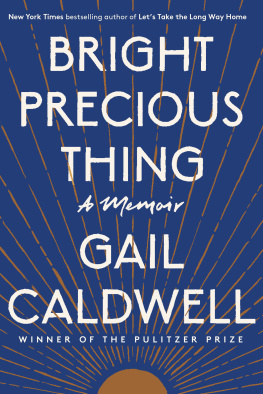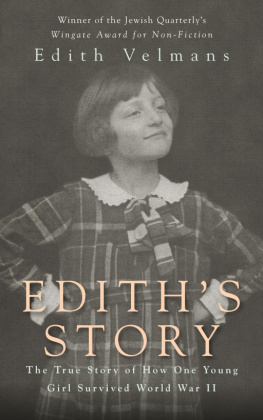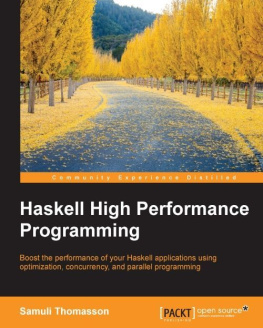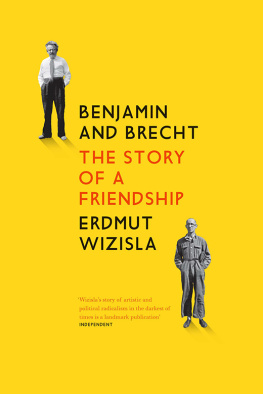A NNA T HOMASSON studied for an MPhil in Biography at the University of Buckingham and her thesis was shortlisted for the Daily Mail Biographers Club Prize. She lives in London and this is her first book.
Anna Thomasson has uncovered a remarkable story and brings these two fascinating but forgotten figures and their brilliant world vividly to light. An impressive debut
J ULIE K AVANAGH , author of Rudolf Nureyev: The Life and Secret Muses: The Life of Frederick Ashton
A Curious Friendship tells the story of two wonderfully unlikely friends and allies during the years between the wars. Moving, thoughtful, entertaining and magnificently researched, Thomassons account of a bohemian art student and sharp-witted sometimes comically snobbish spinster is an outstandingly accomplished and original first biography from a writer for whom we can predict a very bright future
M IRANDA S EYMOUR , author of In My Fathers House and Noble Endeavours
Anna Thomasson is a wonderful writer, with a pitch-perfect ear and a marvellous sense of style. I was also impressed by the thoroughness of her research. I really felt she had come to know her characters intimately with the result that one completely trusted her judgement every inch of the way. She has, too, a brilliant visual sense so that one really sees Rexs paintings and those magnificent houses
S ELINA H ASTINGS , author of The Red Earl and The Secret Lives of Somerset Maugham
It is a vibrant, admirably researched debut, tinkling with famous artistic names. A non-fictional Brideshead Revisited, its piquantly evocative of that lost aesthetic echelon of 1920s and 1930s society which dissolved amid the shadows of war; and the convention-defying friendship threaded through it is enthralling
C AROLINE S ANDERSON , Associate Editor of the Bookseller


First published 2015 by Macmillan
This electronic edition published 2016 by Pan Books
an imprint of Pan Macmillan
20 New Wharf Road, London N1 9RR
Associated companies throughout the world
www.panmacmillan.com
ISBN 978-1-4472-4555-1
Copyright Anna Thomasson 2015
Cover image by courtesy of Penelope Middleboe
The right of Anna Thomasson to be identified as the author of this work has been asserted by her in accordance with the Copyright, Designs and Patents Act 1988.
The List of Illustrations constitute an extension of this copyright page.
Pan Macmillan does not have any control over, or any responsibility for, any author or third-party websites referred to in or on this book.
You may not copy, store, distribute, transmit, reproduce or otherwise make available this publication (or any part of it) in anyform, or by any means (electronic, digital, optical, mechanical, photocopying, recording or otherwise), without the priorwritten permission of the publisher. Any person who does any unauthorized act in relation to this publication may be liable tocriminal prosecution and civil claims for damages.
A CIP catalogue record for this book is available from the British Library.
Visit www.panmacmillan.com to read more about all our books and to buy them. You will also find features, author interviews and news of any author events, and you can sign up for e-newsletters so that youre always first to hear about our new releases.
For my mother,
Annette Thomasson
What do we any of us live for but our illusions and what can we ask of others but that they should allow us to keep them?
Somerset Maugham, The Sacred Flame, Act III
List of Illustrations
Introduction
Several years ago I went to Plas Newydd on Anglesey, an elegant, neo-Gothic mansion on the banks of the Menai Strait and home to the Marquess of Anglesey. There I had seen the mural painted by Rex Whistler, begun in 1936 and now considered his masterpiece. The windows of the dining room look out beyond the sloping lawns and the stretch of grey water to the looming, cloudcapped peaks of Snowdonia. On the facing wall, the mural is a fantastical reflection of the view from the windows; the Welsh landscape is transformed into an enchanted, Arcadian panorama, with the crispness of Canaletto and the warm, dreamy light of Claude. Later I would learn that it was typical of Rex to turn his back on reality and reinvent it. I was intrigued by this man whose self-portrait stands discreetly at the corner of the mural, a solitary and rather forlorn figure dressed as a gardener with a broom in his hand and rose petals scattered at his feet.
Amongst the cabinets of letters, possessions and drawings in the permanent exhibition dedicated to Rex at Plas Newydd, one item in particular caught my eye: a love note written to a girlfriend in 1937 beseeching her to delay her departure to London. Around the note is a beautiful cartouche topped by a heart and crown. It is playful, fanciful, almost childish: a frivolous billet-doux. And it seemed to me like a relic of an earlier, more elegant age. In Rex there was none of the vigour, the confrontation and the agenda I had come to expect of 1930s art, of a 1930s artist; instead his billowing rococo clouds suggest a gentler outlook one imbued with humour, whimsy and romance.
I began to research Rexs life. But in the process of trying to discover him someone else kept appearing in biographies, letters and footnotes. And in photographs too, there she was amongst the Bright Young People: Edith Olivier, a small, smart woman with shingled black hair, a large nose in a strong face, a cigarette in her hand and enormous gold earrings. She seemed dynamic, older than the others, but often at the centre of the group, laughing and holding court.
Rex first met Edith in 1925, when both were guests of their mutual friend, the mercurial young aristocrat Stephen Tennant, at a villa on the Italian Riviera. They were at such different stages of life, continuing along on very different trajectories, but the friendship that developed between them would be the most important of their lives. I see their meeting as a collision; it changed them irrevocably. Rex was then nineteen and a rising star at the Slade School of Art. Edith was fifty-two, an Oxford-educated spinster and the daughter of a Wiltshire rector to whom she had dedicated most of her adult life. It seemed to me such an unlikely friendship: a Victorian bluestocking and a bright young thing.
Edith was the most diligent of diarists and as I explored her archive, reading through the many journals she had kept, along with bundles of her private letters, the traces of her life, year by year, began to emerge from the pages. She was a passionate conversationalist, and at times, reading her diaries felt to me rather like we were having an intimate discussion, or that I was eavesdropping into her conversations with friends. They are idiosyncratic and tangential and filled with vehement underlining and wonderfully archaic spellings (shew for show), and I have retained both her and Rexs original spelling and punctuation. Ediths diaries are written in a voice that is at once Victorian and modern, and at all times profoundly personal. As I desperately tried to decipher her impossible handwriting, I felt as though I got to know her.
Though she had dedicated much of her life to her father and to the local community, I discovered that there was nothing meek or humdrum about Edith. Fiercely intelligent, she had studied at Oxford, where she befriended Lewis Carroll. She had supernatural visions and a profound, preternatural sensitivity to place, particularly the Wiltshire landscape, which she loved more than any other and whose elemental energies she claimed to feel. In the First World War she was instrumental in establishing the Womens Land Army and was later given an MBE for her work. A highly practical and rather eccentric spinster, Edith was terrifying to the provincial world that knew her. After her fathers death she would move with her beloved sister to a house in a quiet corner of the Wilton estate surrounded by woods that had inspired Sidneys
Next page
